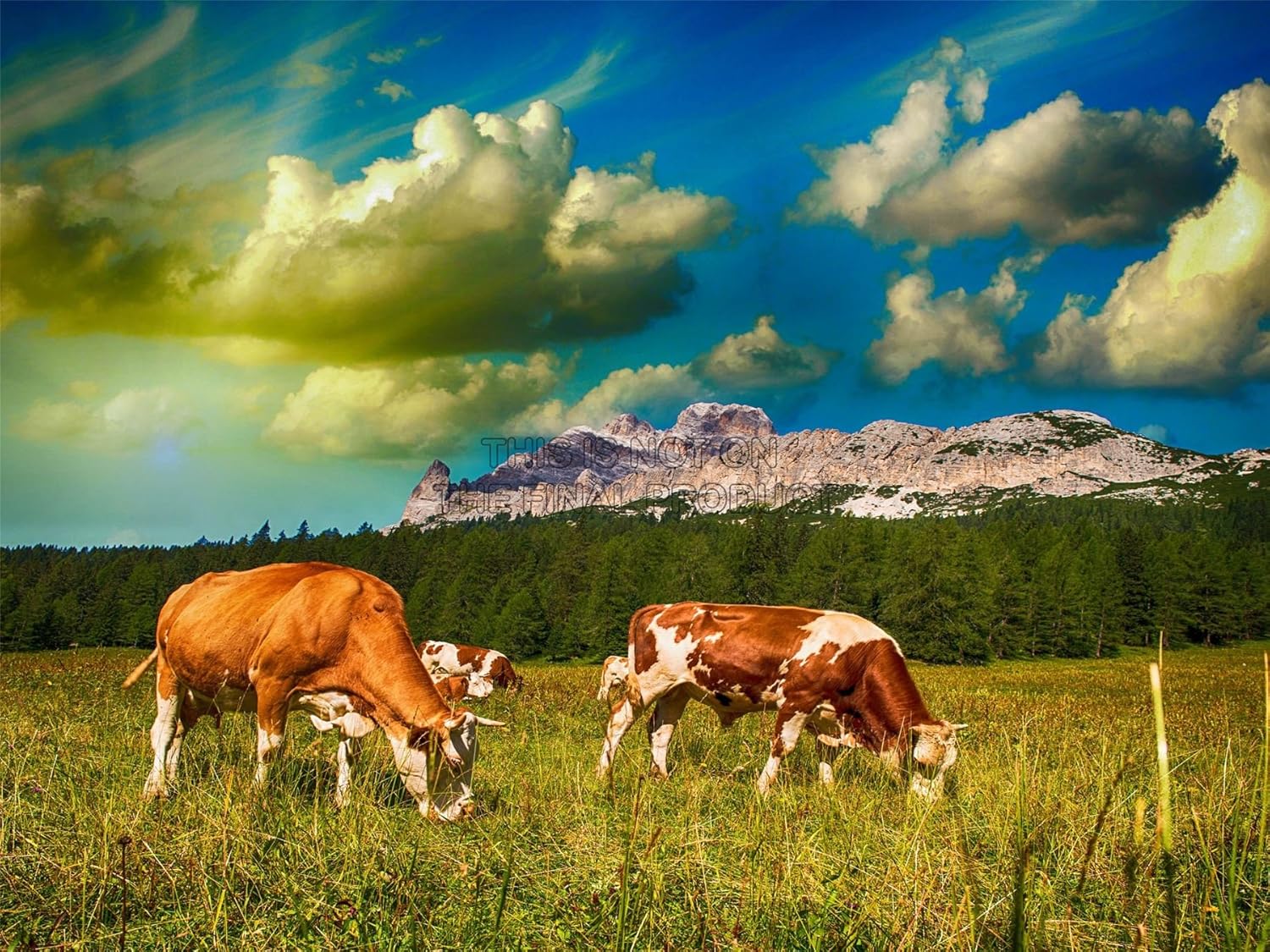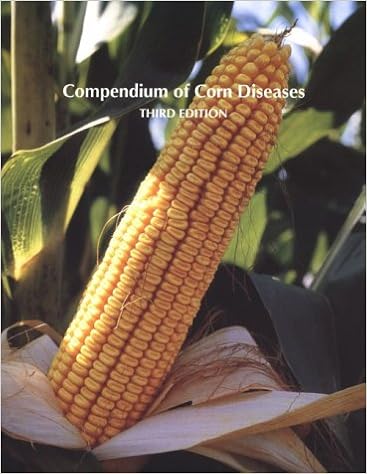As the climate warms this century, maple syrup production in the Northeast is expected to decline by 2100, and the window for tapping trees will move earlier by about a month, according to a Cornell University study.
Currently, the best times to tap maple trees are within an eight-week window from late winter to early spring when temperatures cause freezing at night and thawing by day. By 2100, Northeast producers can expect to begin tapping maples closer to Christmas.
Sap flow is related to pressure changes in the trees' xylem, which are tubes beneath the bark that carry sap from the maple's roots up to the leaves. As maple trees freeze in winter, gases are pushed out of the xylem into surrounding tissues, and negative pressure is created within the xylem compared with atmospheric pressure. When the trees thaw, the gases expand and dissolve back into the sap, creating positive pressure. When tapped, the sap flows out because the pressure inside the xylem is greater than outside.
Based on this principle, researchers identified that the best days for sap flow are when diurnal temperatures swing at least a few degrees below freezing at night to a few degrees above freezing by day.
They scaled down global climate computer models to regional scales to determine daily temperatures for 10,000 locations across the sugar maple's range -- from North Carolina to Quebec to Minnesota, with optimal production areas in the Northeast and Quebec -- from 1970 to 2100. In this way, the researchers could identify daily minimum and maximum temperatures during optimal eight-week windows for tapping sugar maples.
By "backcasting," they validated their models with temperature data, which revealed that start dates for tapping maples in the Northeast are about a week earlier than in 1970.
Under a high carbon dioxide emissions computer model scenario, syrup production will decline slightly in the Northeast, mostly after 2030. According to the study, by 2100, the average number of flow days will stay constant in Saranac, N.Y.; decline by about two days in State College, Pa.; five days in Montpelier, Vt.; and by 10 days in Jackman, Maine. In a more moderate emissions scenario, producers will lose about half as many days in each location. Similarly, in the high emissions scenario, start dates for tapping maples will be earlier by about a month between now and 2100: In Jackman, the current optimal start date of March 11 shifted to early February; in Saranac and Montpelier, the current start date of March 1 moved ahead to Feb. 1; and in State College and Ithaca, N.Y., start dates advanced to mid-January from mid-February.
Maple syrup production south of Pennsylvania will likely be lost by 2100 due to lack of freezing, while production in Quebec may benefit from climate changes.
Sources:
Brian Chabot, professor of ecology and evolutionary biology, Cornell University
Outgoing: Tapping at Kripplebush
Syrup
Out There: Serious Climate Changes Looming Closer
Artwork: Collecting Of Sap From Maple Trees
Wednesday, November 4, 2015
Thursday, October 1, 2015
Tar Spot Appears in the Midwest
Tar Spot, a fungal disease in corn typically found in Mexico, South America and the Caribbean has been spotted in fields near the Indiana-Ohio border. While no threat for growers this year, it could cause problems in next year's crop if the fungus survives the winter.
This corn disease is not only new to Indiana and Illinois, where it was first reported, but its appearance is a first in the U.S., according to Pierce Paul, a corn and small grain Extension specialist with the College of Food, Agricultural, and Environmental Sciences at The Ohio State University. It may have been transported to the Midwest earlier this season by Tropical Storm Bill.
“We don’t want to cause a panic, but we do want to raise awareness of the issue and let growers know that this disease is out there,” Paul said.
Tar spot begins as oval to irregular bleached to brown lesions on leaves in which black spore-producing structures are formed. Affected areas of the leaf will have a rough or bumpy feel to the touch. Signs of tar spot can also appear on leaf sheaths and husks.
“Because tar spot is generally considered a tropical disease, it’s unlikely that the fungus will survive the harsh Midwest winter to become established here,” Paul said. “We’ll just have to wait and see and do more research on the disease in the Midwest.”
While most corn growers are either harvesting corn now or their crops are in the drying down stage, the disease is still detectable on dry, senescent leaves, he said. Growers who suspect they’ve found it in their fields can send samples to Pierce Paul at OARDC, 1680 Madison Ave., Wooster, OH 44691, to have the samples lab tested to determine which fungus — Phyllachora maydis or Monographella maydis — may be present.
“At this point, only P. maydis-infected plants have been found,” he said. “Both fungi would have to be found before substantial yield loss occurs.
“Growers who find tar spot in their fields may want to take note of the hybrid they’ve used this year and avoid using that same hybrid next year just in case the fungus survives the winter.”
Source: Ohio State University Extension
Plants and Seeds
Farm Supply
Covert Art: Compendium of Corn Diseases
This corn disease is not only new to Indiana and Illinois, where it was first reported, but its appearance is a first in the U.S., according to Pierce Paul, a corn and small grain Extension specialist with the College of Food, Agricultural, and Environmental Sciences at The Ohio State University. It may have been transported to the Midwest earlier this season by Tropical Storm Bill.
“We don’t want to cause a panic, but we do want to raise awareness of the issue and let growers know that this disease is out there,” Paul said.
Tar spot begins as oval to irregular bleached to brown lesions on leaves in which black spore-producing structures are formed. Affected areas of the leaf will have a rough or bumpy feel to the touch. Signs of tar spot can also appear on leaf sheaths and husks.
“Because tar spot is generally considered a tropical disease, it’s unlikely that the fungus will survive the harsh Midwest winter to become established here,” Paul said. “We’ll just have to wait and see and do more research on the disease in the Midwest.”
While most corn growers are either harvesting corn now or their crops are in the drying down stage, the disease is still detectable on dry, senescent leaves, he said. Growers who suspect they’ve found it in their fields can send samples to Pierce Paul at OARDC, 1680 Madison Ave., Wooster, OH 44691, to have the samples lab tested to determine which fungus — Phyllachora maydis or Monographella maydis — may be present.
“At this point, only P. maydis-infected plants have been found,” he said. “Both fungi would have to be found before substantial yield loss occurs.
“Growers who find tar spot in their fields may want to take note of the hybrid they’ve used this year and avoid using that same hybrid next year just in case the fungus survives the winter.”
Source: Ohio State University Extension
Plants and Seeds
Farm Supply
Covert Art: Compendium of Corn Diseases
Monday, February 16, 2015
Cover Crop Grazing No Problem.
 Cover crops reduce soil erosion, boost organic matter, keep moisture in soil and sequester carbon in the soil so less of it is released as a greenhouse gas.
Cover crops reduce soil erosion, boost organic matter, keep moisture in soil and sequester carbon in the soil so less of it is released as a greenhouse gas.Conventional wisdom holds that if cattle were allowed to graze on cover crops they would eat up and remove the nitrogen and carbon otherwise left on the soil in the cover crop plant residue. Allowing cattle to tread on the soil also could compact it, preventing air and water from passing through the soil to reach plant roots.
Now, a 7-year study by Agricultural Research Service (ARS) ecologists has demonstrated that relatively low levels of grazing do not significantly affect the amount of organic matter in soil and do not compact the soil. It also showed that cover crops provided high quality forage and that the organic matter lost by allowing cattle to graze on cover crops was likely made up in the organic material supplied as manure. As in previous studies, they also found that no-till soils generally contained more carbon and nitrogen than conventional till soils.
The researchers grew winter or summer grains and used cover crops for both in the off-season. They also compared no-till versus tilling, and grazing versus no grazing. Cow/calf pairs were allowed to graze at a rate of one pair per 4 acres.
Source: Agricultural Research Service
HusbandryPlants and Seeds
Farm Supply
Artwork: Cattle Grazing
Subscribe to:
Posts (Atom)

